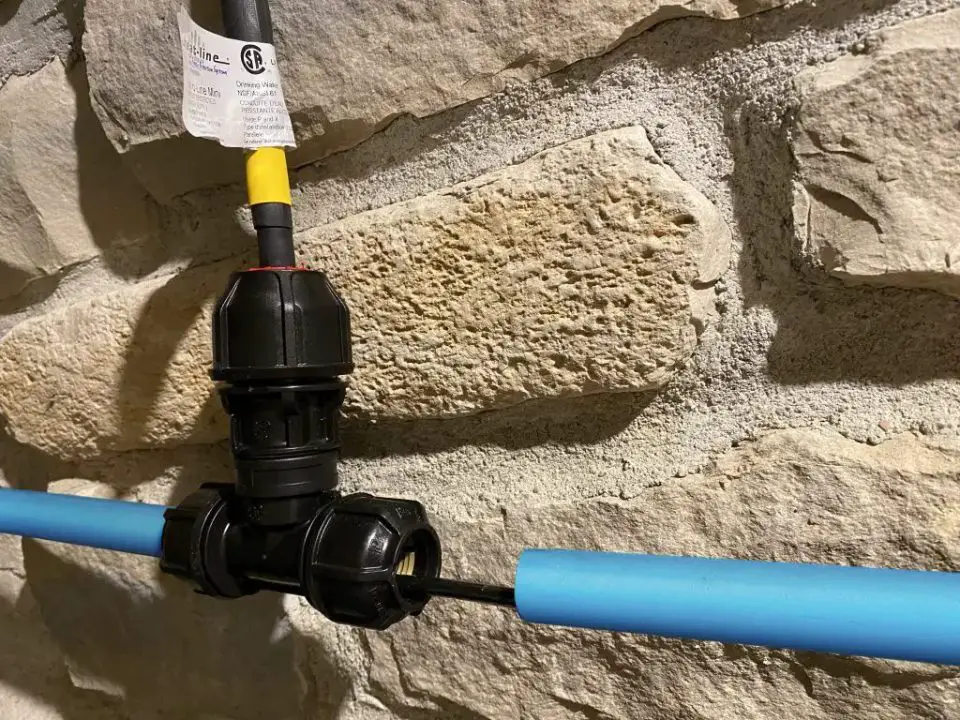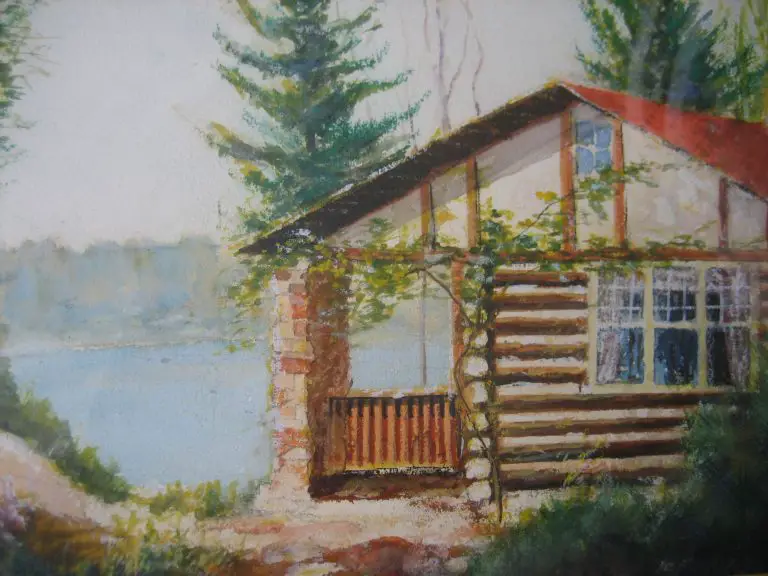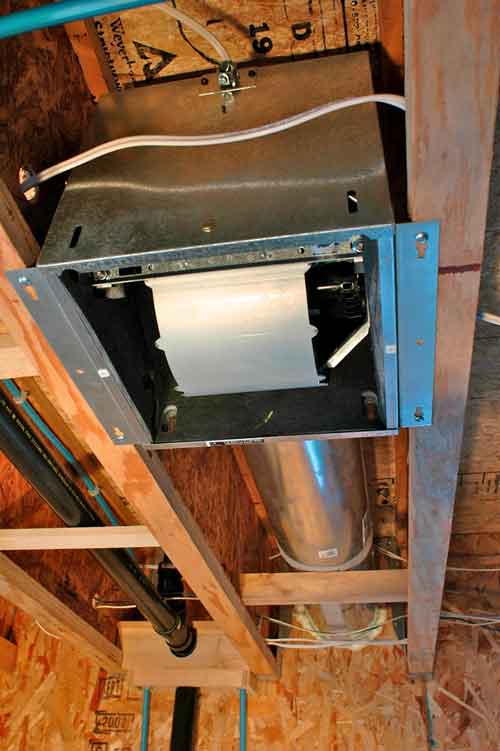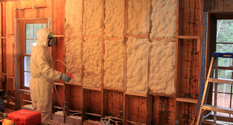
- Video Watch Time = 6 minutes
If you’ve got 1/2″ or 3/4″ diameter water supply pipes that freeze in winter, then you’ll want to know about a new small-cable system for use inside pipes. It’s call Retro-Line Mini , and there are three reasons I like it. First, it’s made to be installed inside any existing water line and it’s stiff enough to be pushed all the way from your house to the main municipal pipe in almost all cases. No digging. No disruption. The system is CSA approved for electrical safety, NSF61 rated for potable water and fits into existing pipes as small as they get. I wish this kind of thing had been around years ago . . .
Typical Small Pipe Problem
Back in October of 1991, my wife and I rented a house in town for the winter. I wasn’t far enough along building our own place to accommodate our new baby boy, and one of the main things I remember about that time is what life was like with a newborn and no running water.
Sure, the place had plumbing that worked most of the year, except when it got cold. A call to the town office yielded nothing except the comment: “Oh, you’re in the old Dinsmore place? Don’t you know you have to keep water running to stop the main line from freezing in that house?”
When water finally did temporarily start flowing again in a couple of weeks after a thaw, we kept it flowing until April to prevent future freezing. This wasteful and frustrating experience left me thinking there must be a better way. And though it’s taken 33 years, a better way has come along.
The Small-Pipe Challenge
One of the challenges when freeze-proofing any water line that’s not buried deep enough is all the digging required to make things right in the usual way. You need to destroy walkways, flower beds, driveways and other stuff to get down to the pipe to do something, and even that’s often impossible when the ground is like granite. This is why a new kind of water line heating cable caught my eye. The fact that it can be easily installed inside existing water lines is not new, but the option of installing it inside small pipes is.
Municipal water supply lines are typically only 3/4” in diameter, with some older places served by a mere 1/2” diameter pipe. That’s too small for any in-pipe heating cable available so far, but a Canadian company has changed that.
I’ve written before about a firm called Heat-Line, and their very reliable systems for keeping water and sewage lines frost free. I’ve used their stuff at my own place for years, I’ve installed it in other houses and it’s always worked fabulously well. I’ve tried products from several other companies, but nothing else comes close for reliability, safety, ease of installation and energy efficiency.
Self-Regulating Cables
The second reason I like Retro-Line Mini is that it uses self-regulating heating cable. This automatically delivers more or less heat at different places along the cable, depending on temperature. No thermostat is required, and insulation can be safely installed over the pipe wherever you can get to it. The ability to use insulation is unique because non-self-regulating cables can overheat and cause insulation to burn.
The third reason I like this product is the way it can be installed inside a pipe when only one end is accessible. This is like Heat-Line’s other systems and uses a special fitting to admit the cable into the pipe. Shut off the water, cut the pipe, push the heating cable inside the pipe as far as it needs to go, then do up the fittings and turn the water back on. Plug the cable into an outlet during winter, then unplug in spring.
As with any system, Retro-Line Mini does have limitations. The cable can’t be pushed past elbow or tee fittings (of course, nothing can), though these are rarely found on main water supply lines. And naturally, if your water line is already frozen, you can’t push the cable into solid ice. But other than these, it’s the best option I’ve seen for keeping freeze-prone, small-pipe water lines running here in the Great White North.
Video Installation Tour
The video below shows how the Retro-Line system is installed. Retro-Line Mini is the same, it’s just that the cable is smaller.












